Two Points: A Spatial Study
‘Two Points’ is a data visualisation project from my final year at university, inspired by the French author Georges Perec’s Species of Spaces. It reveals the hidden excitement within the mundane moments of everyday life.
Tools
Adobe Creative Suite, Cinema 4D, Powerpoint
Team
User Researcher (solo) UI Designer (solo)
Duration
5 months
Project Overview
‘Two Points’ is a dynamic data visualisation project that explores the often overlooked spaces we encounter in daily life. By comparing two distinct but connected environments within the Westfield Shopping Centre in Stratford, London, the project reveals their unique characteristics and shared patterns.
Using 3D animations based on data collected simultaneously from two adjacent floors—the bustling Food Court on the 1st floor and the quiet Prayer Space on the 2nd floor—‘Two Points’ invites viewers to reconsider how different spaces coexist and interact within the same urban setting.
My Process
-

Mapping The Space
In order to start my project, I first had to map which areas I would focus the study on. I chose the Westfield Shopping Centre in Stratford- London as so much happens that goes unnoticed. The main areas I focused on were the 1st (Food Court) and 2nd floors (Prayers’ Room) as there is a large contrast in noise levels.
-

Data Collection
I spent several hours observing and recording movement, behaviour, interactions, and sounds in both the Food Court and Prayer Space at Westfield Shopping Centre. The collected data was then organised into separate charts for each floor, enabling clear analysis and comparison to inform dynamic visualisations.
-

Visual Experiments
After gathering data from both spaces, I first experimented with physical materials like coloured paper to visualise patterns. Later, during the pandemic, I shifted to digital tools such as After Effects and Cinema 4D to create more dynamic and immersive visualisations.
-

Final 3D Designs
New to Cinema 4D, I learned through tutorials and experimentation, using Soft Body Dynamics to animate sound data as responsive spheres. Materials and colours were chosen to reflect each space—metallic for the Food Court and soft, ethereal tones for the Prayer Room.
Paper Experiments - Noise Levels
-
Selecting the paper colour

-
Light Tones = Low levels of sound

-
Dark Tones = High levels of sounds

Food Court Tests - Movement
I systematically collected and mapped data on people’s movement in and out of the Food Court over a defined time period. To visually distinguish patterns within the data, I employed a color-coding scheme using blue and red, effectively representing different aspects of the movement.
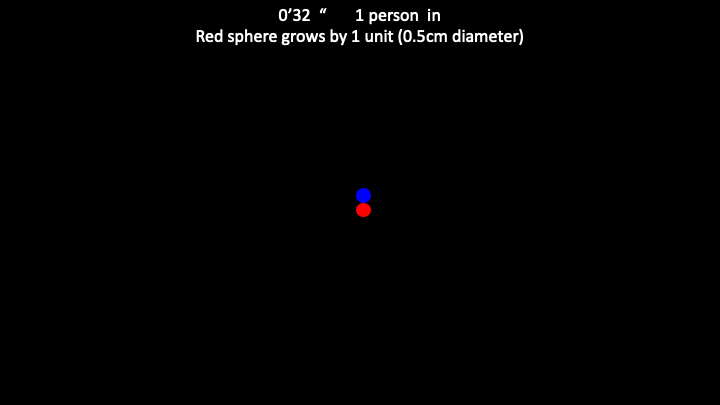



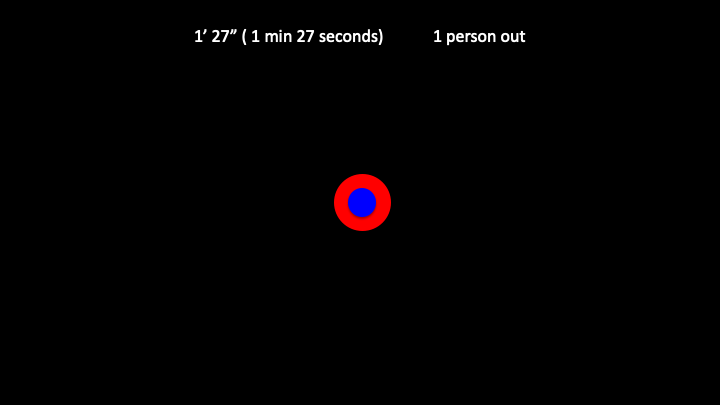
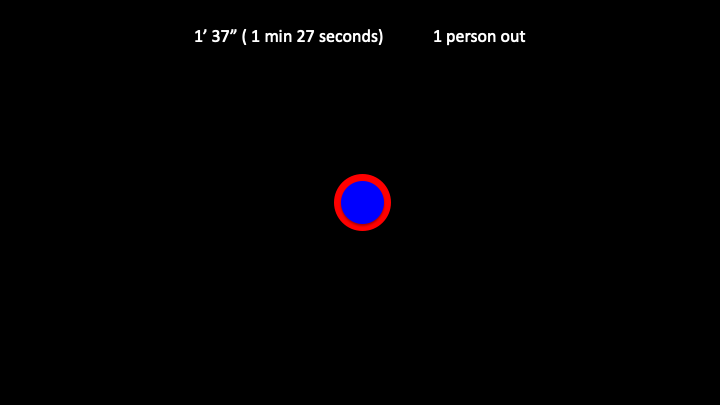
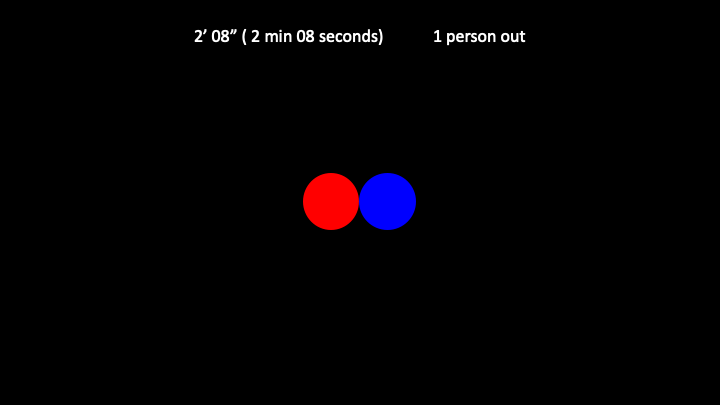
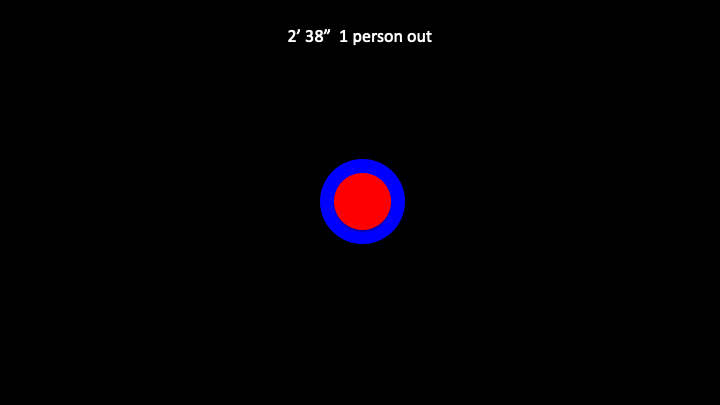


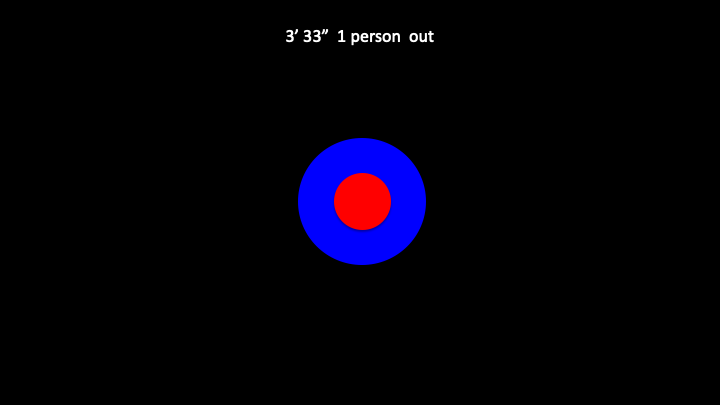

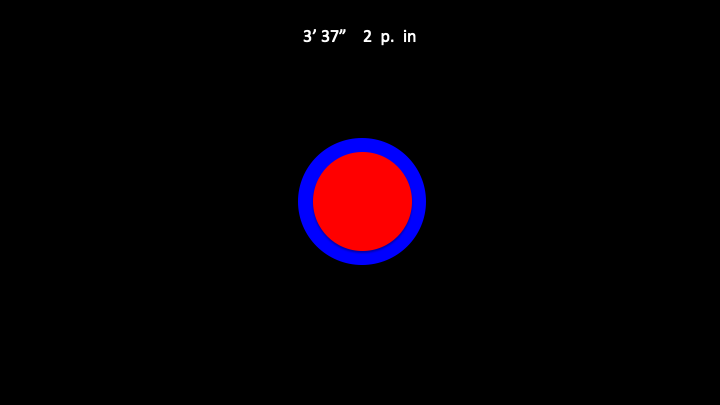
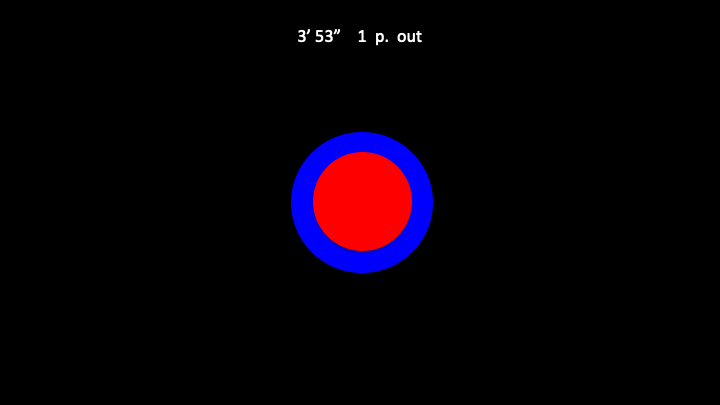

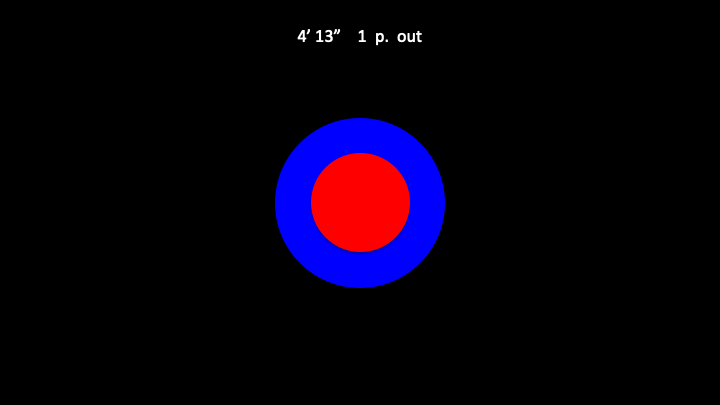

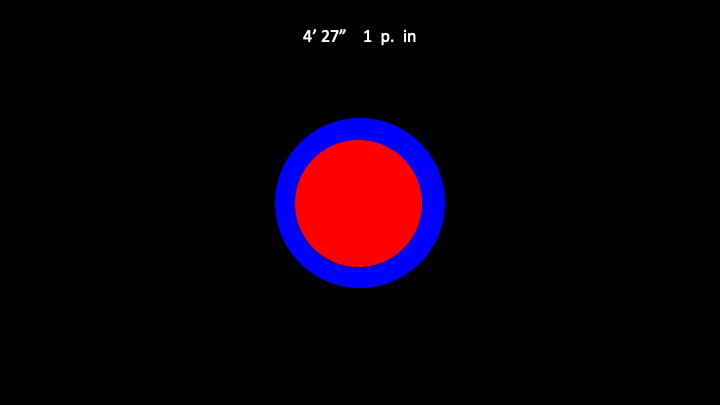
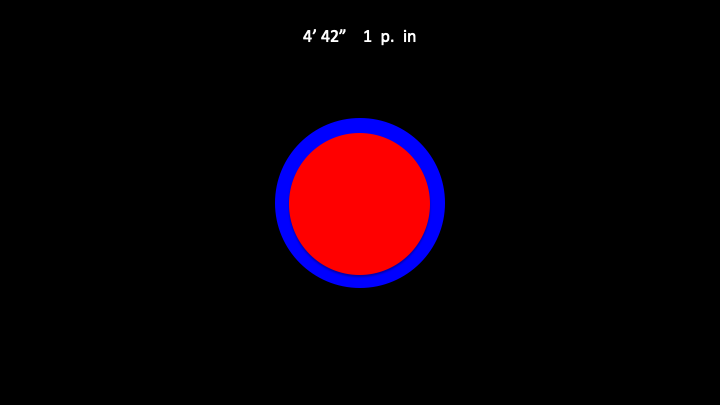

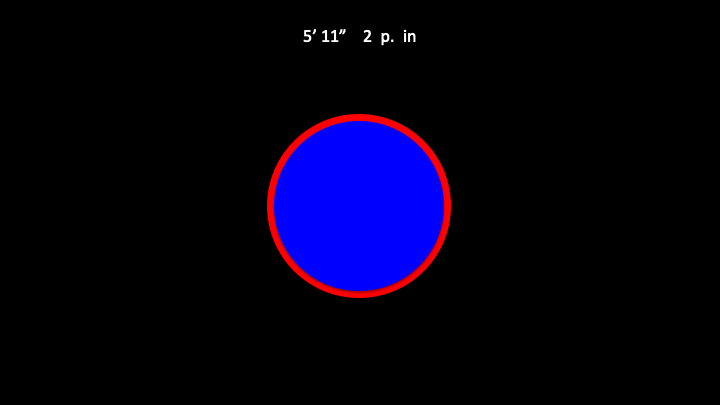
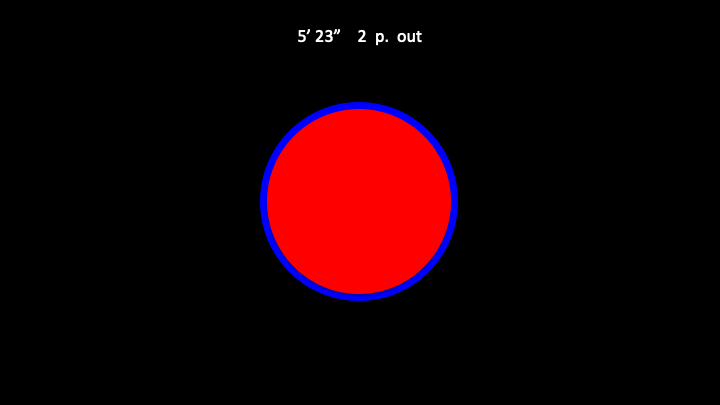

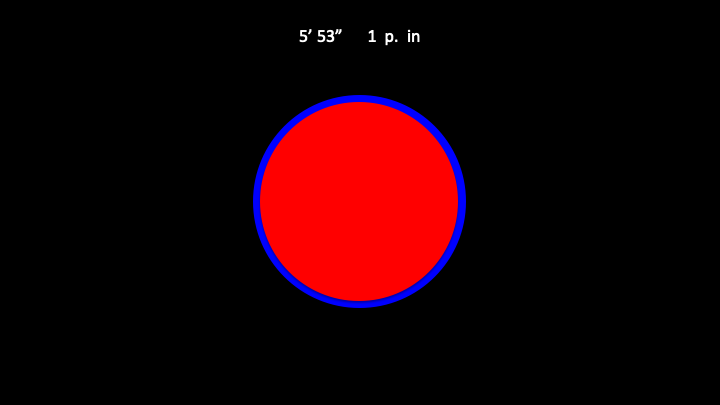

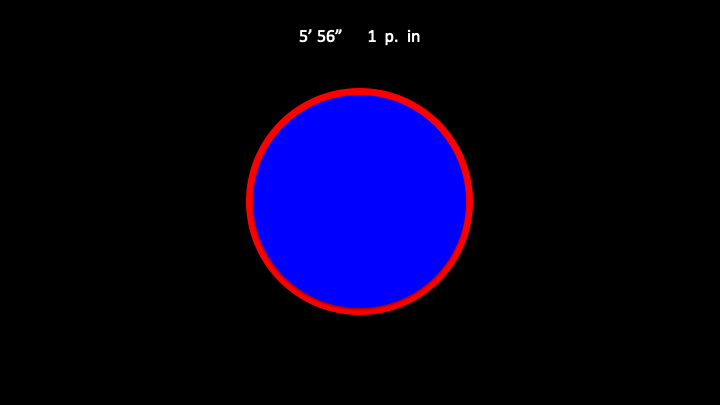
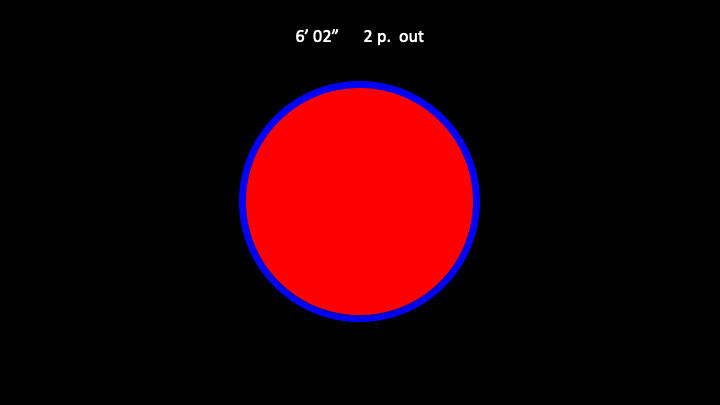
Prayer’s space data - Cinema 4D
-
No movement

-
People entering the space

-
People leaving the space

Soft Body Dynamics Experiments - Cinema 4D
Final 3D Designs
Food Court Animation
After extensive experimentation with Soft Body Dynamics, I used sound data from the Food Court to animate 3D spheres in Cinema 4D. While the initial animations effectively demonstrated the concept, they lacked visual impact—so I introduced materials and color schemes that reflected the atmosphere of the space, adding depth and context to the final visuals.
Prayer’s Room Animation
I applied the same animation technique used for the Food Court to the Prayer Room, ensuring consistency in how the data was visualised. Although I had hours of recorded sound data, the final animations are presented as short clips, designed to convey the core concept rather than serve as full-length representations.
Learnings
This project enhanced my skills in data visualisation and 3D animation, while deepening my understanding of spatial storytelling.
Moving forward, I aim to explore live data integration and apply these techniques to other overlooked public spaces.










